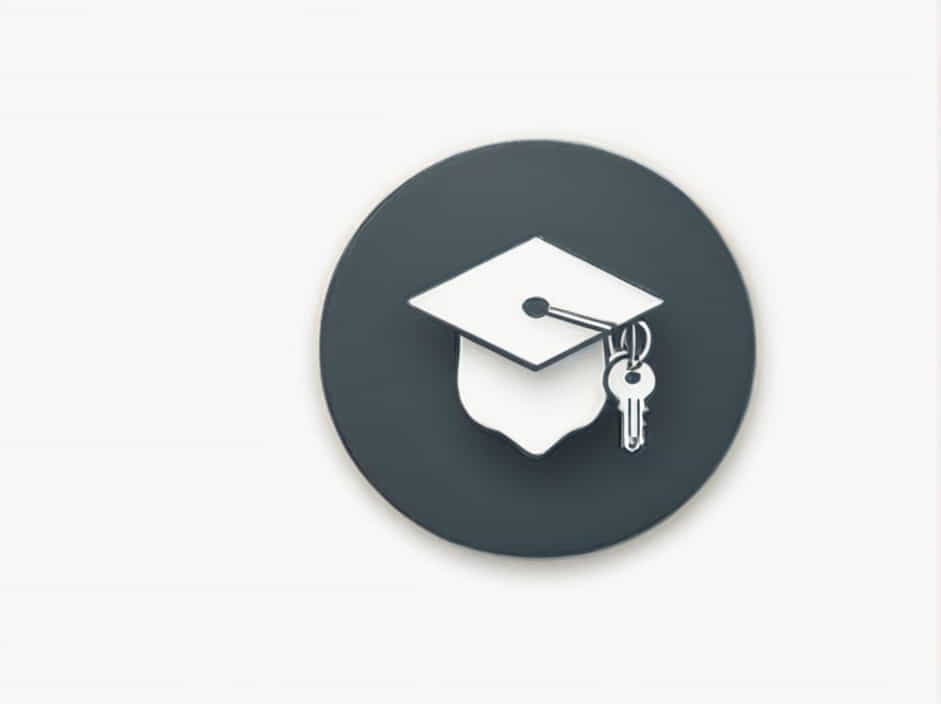Student loan forgiveness can be a financial lifesaver for borrowers struggling with repayment. Various programs exist to cancel student debt, but not everyone qualifies. Understanding the eligibility requirements is essential to maximize your chances of loan forgiveness.
This topic explains the different student loan forgiveness programs, their qualifications, and the application process.
Types of Student Loan Forgiveness Programs
Several loan forgiveness programs are available based on employment, income, and other factors. The most common ones include:
- Public Service Loan Forgiveness (PSLF)
- Teacher Loan Forgiveness
- Income-Driven Repayment (IDR) Forgiveness
- Total and Permanent Disability (TPD) Discharge
- Closed School Discharge
1. Public Service Loan Forgiveness (PSLF)
Who Qualifies for PSLF?
PSLF is available to borrowers who work full-time for government or non-profit organizations and make 120 qualifying payments under an eligible repayment plan.
To qualify, you must:
- Work for a federal, state, local, or tribal government agency or a non-profit organization.
- Be employed full-time (at least 30 hours per week).
- Have Direct Loans (or consolidate other federal loans into a Direct Loan).
- Make 120 qualifying payments while enrolled in an income-driven repayment (IDR) plan.
How to Apply for PSLF
- Submit the PSLF Employment Certification Form annually or when changing jobs.
- After making 120 payments, submit the PSLF application through the U.S. Department of Education.
2. Teacher Loan Forgiveness
Who Qualifies for Teacher Loan Forgiveness?
This program is designed for teachers who work in low-income schools for at least five consecutive years. Eligible teachers can receive up to $17,500 in forgiveness.
To qualify, you must:
- Be a full-time teacher in a low-income public or private school.
- Teach for five consecutive years.
- Have Direct Loans or Federal Stafford Loans.
- Teach math, science, or special education for the maximum benefit.
How to Apply for Teacher Loan Forgiveness
- Complete the Teacher Loan Forgiveness Application after five years of service.
- Submit the form to your loan servicer for processing.
3. Income-Driven Repayment (IDR) Forgiveness
Who Qualifies for IDR Forgiveness?
Borrowers enrolled in an income-driven repayment (IDR) plan can qualify for loan forgiveness after 20 or 25 years of payments.
To qualify, you must:
- Be enrolled in an IDR plan:
- Income-Based Repayment (IBR)
- Pay As You Earn (PAYE)
- Revised Pay As You Earn (REPAYE)
- Income-Contingent Repayment (ICR)
- Make 240 (20 years) or 300 (25 years) payments, depending on the plan.
- Have Direct Loans or consolidate federal loans into a Direct Loan.
How to Apply for IDR Forgiveness
- Make the required payments under your chosen IDR plan.
- After 20-25 years, any remaining balance is automatically forgiven.
4. Total and Permanent Disability (TPD) Discharge
Who Qualifies for TPD Discharge?
Borrowers who are totally and permanently disabled can have their student loans discharged.
To qualify, you must provide proof of disability through:
- Social Security Administration (SSA) benefits.
- A physician’s certification confirming total and permanent disability.
- U.S. Department of Veterans Affairs (VA) documentation for disabled veterans.
How to Apply for TPD Discharge
- Submit a TPD Discharge Application to the Department of Education.
- Provide supporting medical or government documentation.
5. Closed School Discharge
Who Qualifies for Closed School Discharge?
If your school closed while you were enrolled or shortly after you withdrew, you may qualify for 100% loan discharge.
To qualify, you must:
- Have been enrolled when the school closed.
- Withdraw no more than 120 days before closure.
- Not complete your program through another institution.
How to Apply for Closed School Discharge
- The Department of Education may automatically grant forgiveness.
- If not, submit the Closed School Discharge Application to your loan servicer.
Frequently Asked Questions (FAQs)
1. Can private student loans be forgiven?
No, federal loan forgiveness programs do not apply to private student loans. However, some lenders offer loan discharge for disability or death.
2. Does bankruptcy discharge student loans?
It is difficult, but possible, to discharge student loans through bankruptcy if you prove undue hardship in court.
3. Are forgiven student loans taxable?
- PSLF and Teacher Loan Forgiveness are not taxable.
- IDR forgiveness (until 2025) is tax-free under temporary relief measures.
Student loan forgiveness programs provide relief to borrowers based on employment, income, disability, or school closure. If you qualify, following the correct application process can help eliminate thousands of dollars in student debt. Regularly reviewing your loan type and repayment plan ensures you stay on track for forgiveness.
